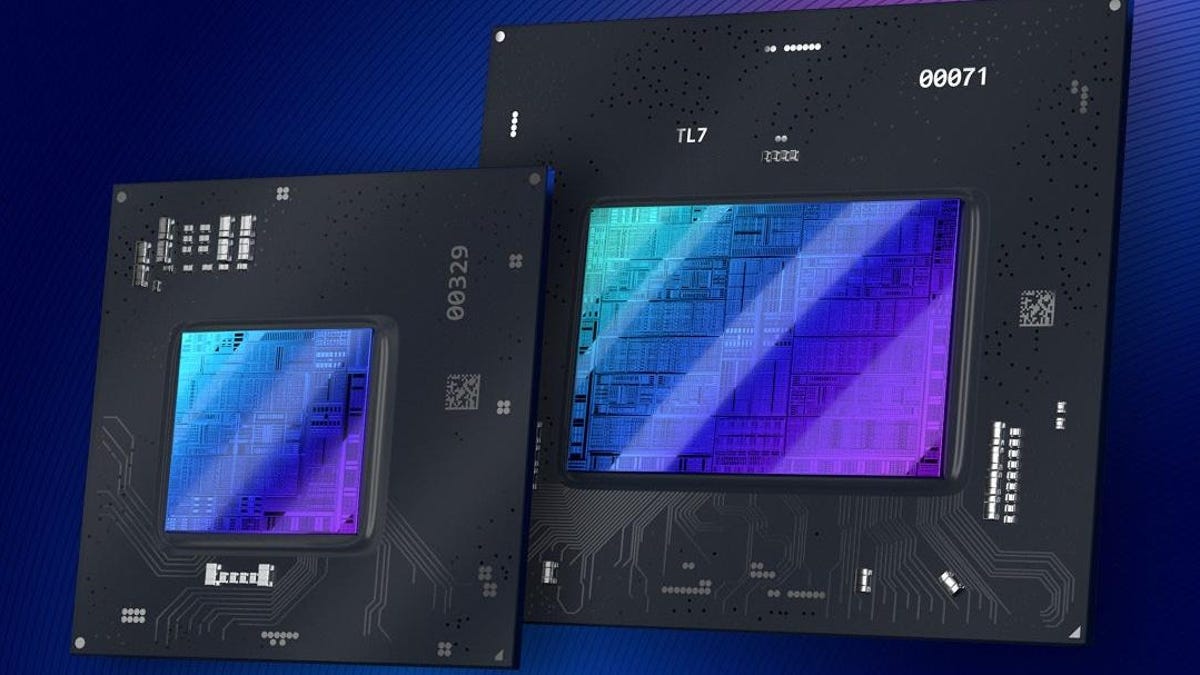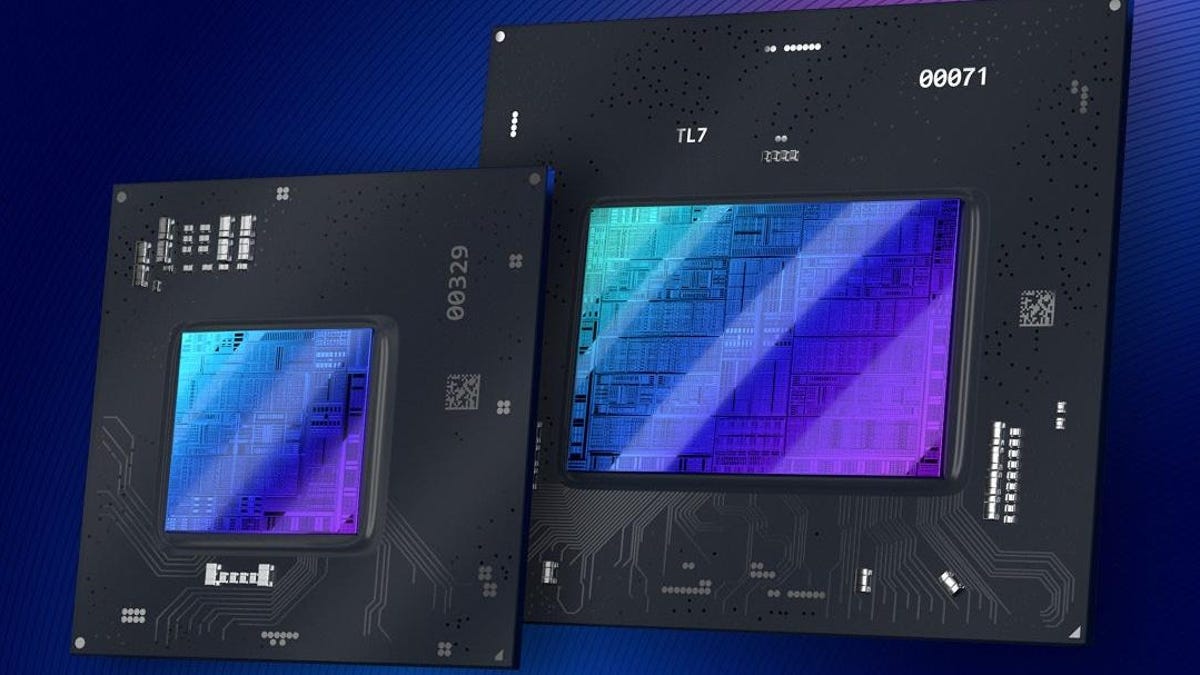
Intel also announced a third-gen product called Celestial, a sign the company is confident in its journey to take on current market leaders. Celestial GPUs will supposedly be made for the “ultra-enthusiast segment.” That implies a chip designed for e-sports gamers that can run certain competitive titles at high refresh rates—one that could be a direct competitor to Nvidia’s RTX 3090 or AMD’s RX 6900 XT. A fourth-gen chip called Druid is rumored to arrive in 2025.
The desktop version of the first-gen Arc Alchemist chips won’t arrive until Q2 while a workstation version is slated for Q3.
Intel also teased a new service called Project Endgame at its Investor Meeting 2022, though details are quite scarce (we’ve reached out to Intel for specifics). Based on a vague description of the service, it sounds like this would give customers access to Intel Arc graphics via a cloud subscription service for an “always-accessible, low-latency computing experience.” We don’t know how much it will cost, when it will arrive, which GPUs Intel is referring to, or whether it will be paired with a cloud gaming service. Those details should be revealed soon considering Intel says the service will arrive sometime this year.
Intel expects to ship more than 4 million discrete graphics cards in 2022 (around 95 million discrete GPUs shipped in 2021), and said at this year’s CES that more than 50 models from HP, Acer, Asus, Dell, Samsung, MSI, and others would soon hit the market.
Advertisement
